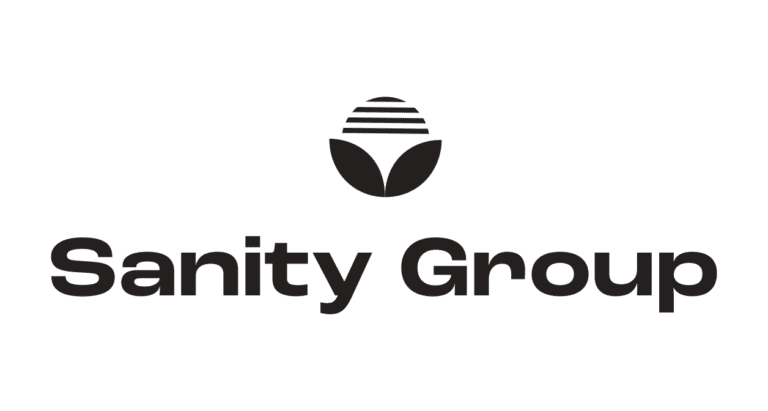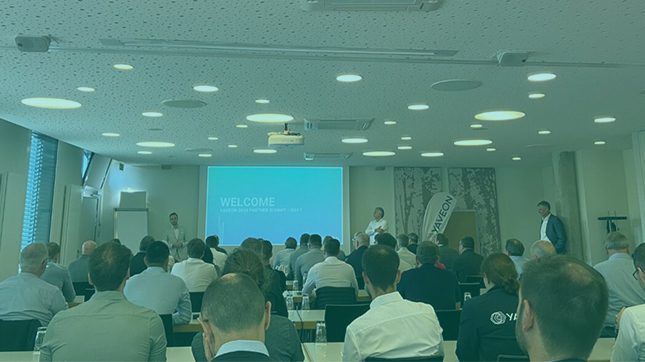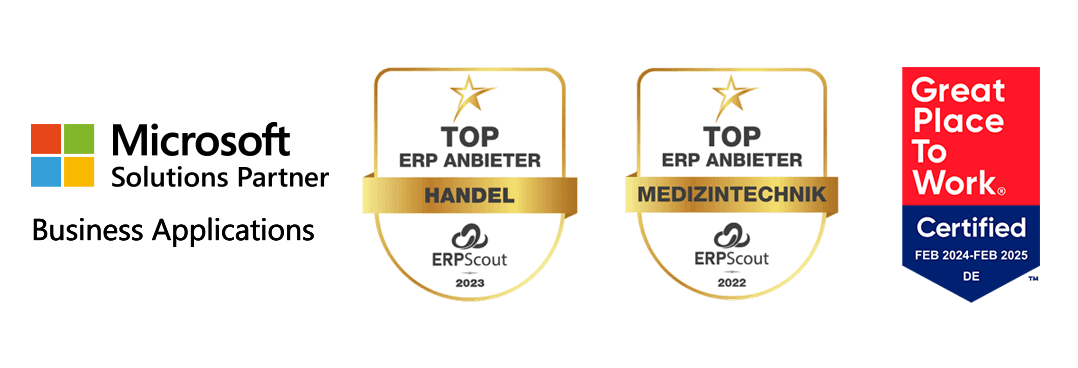Change control management for pharmaceutical companies: What you need to know.
We explain what change control management means for pharmaceutical companies and how it works.

6. June 2024
Safety and risk minimization are essential components for the pharmaceutical industry in order to continuously produce flawless medicines and meet validation requirements. Adjustments to manufacturing processes or compositions, for example, must undergo detailed change control management. Read our article to find out what is behind this, which legal requirements apply and how you can fulfill these tasks.
What does change control management mean in the pharmaceutical industry?
It's not just important, it's mandatory: the regulated pharmaceutical industry relies on strict change control management. If changes occur in pharmaceutical companies, it manages and controls them. But why are adjustments so strictly regulated in this industry? Careful control in a regulated environment ensures that medicines are produced and brought to market safely, effectively, with high quality and always with the same content. Change control management has an impact on many areas of the company, including
- Production processes, e.g. changes to manufacturing processes
- Formulations, e.g. adjustment of the ingredients or composition of medicines
- Packaging, e.g. new design or content quantity of the medication packs
- Regulatory requirements, e.g. requirements changed by authorities for the manufacture, approval and marketing of the product
Change control management, risk management and quality control: these are the differences.
At the same time as change control management, companies in the pharmaceutical industry are focusing on risk management and quality control. It should be said in advance that although the three areas are separate criteria, they are closely interrelated.
This is the main difference between them:
Change control management
Change control is concerned with managing and controlling changes in all aspects. From the development to the marketing of a drug, all processes are included.
Risk management
Risk management, on the other hand, is responsible for identifying, evaluating, monitoring and controlling the safety, efficacy and quality of medicines in order to ultimately be able to influence the risks. The aim is to develop strategies that minimize risks and, in the best case, completely prevent unwanted incidents.
Quality control
The third criterion, quality control, uses tests and techniques to ensure that the high quality standards for medicinal products are met.
In order to reliably meet the strict requirements of the pharmaceutical industry, the three areas are interlinked. Together, they form the basis for ensuring that patients are supplied with safe, effective medicines.
Changes in the pharmaceutical industry: four typical examples
All this theory begs the question: what changes are typical for companies in the pharmaceutical industry? Adaptations differ from project to project, but the following four are particularly common:
-
1. Manufacturing processes are changed.
If the manufacturing process is changed, this affects the way in which medicinal products are manufactured. The required equipment, technologies and production processes may also be affected.
-
2. The formulation is changed.
The adjustment of ingredients in particular means that the formulation of a medicine has to be adapted. A sure instinct is required here, as such changes can affect the efficacy, safety or stability of the product.
-
3. Packaging and labeling are being changed.
In the pharmaceutical industry, it is not only the inner values that count - the labeling also plays a major role. If the packaging or labeling of a medicine is changed, this can affect its identification and use. Confusion and incorrect use must be prevented.
-
4. Regulatory requirements change.
If regulatory requirements and specifications regarding the approval, manufacture and marketing of medicines change, pharmaceutical companies must efficiently ensure that the new conditions are met in full.

Legal and regulatory framework conditions
The entire pharmaceutical industry is subject to numerous legal and regulatory frameworks that also influence change control management. Compliance with these is crucial for pharmaceutical companies. This is the only way to guarantee the safety, efficacy and quality of medicinal products and ensure regulatory compliance. There are a large number of such framework conditions that pharmaceutical companies must fulfill. Some important examples are:
Drug approval regulations
Regulations and procedures for drug manufacturing differ from country to country. If a change to the manufacturing process is implemented, this must be fully documented.
Good Manufacturing Practice (GMP)
GMP regulations stipulate which standards must be adhered to in the manufacture of medicinal products. If there is a change in the manufacturing process, this must be documented, evaluated and approved in accordance with the GMP guidelines. One part of the GMP guidelines is the ICH10 document, which relates to pharmaceutical quality systems.
Standards
Quality management standards, probably the best known of which is ISO 9001, define strict requirements for the quality management system of pharmaceutical companies. This also includes the processes for change control management.
Food and Drug Administration (FDA)
Regulatory authorities such as the FDA specify guidelines and requirements relating to the modification of approved drugs. The European counterpart to the FDA is the European Medicines Agency (EMA).
Good Documentation Practice (GDP)
The Good Documentation Practice (GDP) guidelines define standards according to which pharmaceutical processes and changes must be documented. GDP ensures that such adjustments are properly documented and can be traced at any time.
Meeting regulatory requirements, complex production processes and the need to fully document changes pose major challenges for companies in the pharmaceutical industry. They are complex and sensitive, and the slightest mistake can have fatal consequences. But with the right strategies and solutions, even the trickiest of tasks can be mastered with ease.
Methods and strategies for change control management
In order to be able to fulfill change control management correctly and reliably, the pharmaceutical industry often relies on the following methods:
Change control procedures
Change control procedures define the criteria that must be adhered to when evaluating, approving, implementing and monitoring the respective changes.
Validation and qualification
Particularly critical changes, for example to the manufacturing process or the formulation, require validation measures. These ensure that changes are implemented correctly and that the quality of the end product is always consistent and reproducible
Exchange and training
Good communication is essential to ensure that everyone involved - both externally and internally - is informed about changes and their documentation. Employees can attend training courses to prepare for upcoming changes and acquire the necessary knowledge about the new processes.
Thorough documentation
Another measure that supports change control management is careful documentation. Thanks to this, individual steps can be traced if necessary and are traceable at all times. This type of documentation management generally includes the storage and recording of:
- Amendments
- Risk assessments
- Validation reports
- Training documents
Continuous improvement (CT management
Change control is not a completed measure, but should be understood as a continuous process. Companies benefit from regularly reviewing and scrutinizing affected processes in order to continuously improve and develop resilient best practices.
Supporting change control management: these tools and software solutions help
However, in addition to methods and strategies, tools also support companies in handling change control management. They automate processes, increase efficiency and ensure that changes are traceable.
Change control management software
Software that is specifically produced for the digital processing of changes efficiently supports pharmaceutical companies in change control management. It handles the recording, tracking and management of change requests, often via workflows, notifications and document management.
Document management systems (DMS)
A digital document management system also facilitates change control management. It reliably manages and controls change documentation, logs and guidelines in a central location. The documents can be accessed digitally at any time and without complications
Risk management software
There are also dedicated software solutions for risk management that can support change control management processes. They usually include tools for risk analysis, assessments and change tracking.
Project management tools
Platforms that facilitate collaboration and tools for efficient project management help companies to implement their changes in a meaningful and targeted manner. They simplify communication and enable everyone involved to work with the same database - important prerequisites for facilitating change control management processes.
Enterprise Resource Planning
ERP is a solution that can simplify everything that happens in a company. Workflow functions, integrated process management, batch tracing and industry-specific tools for recipe management, quality control, etc. provide pharmaceutical companies with security and efficiency, including for change control management. The ERP industry solution YAVEON ProBatch provides the necessary basis for this, especially for the pharmaceutical industry with the specific Quality Assurance app.
Efficient change control management: important and feasible
For pharmaceutical companies, efficient change control management is an essential part of day-to-day operations. But meeting the requirements can be challenging. Appropriate mechanisms and digital tools help to document changes not only completely, but also accurately and smoothly. So opt for an ERP system. The software not only simplifies the change control management process, but also automates many other processes that are time-consuming and error-prone when operated manually.
Do you also want security for your change control management?
Get to know our ERP industry solution ProBatch better and start reliable change processes.






